Covering the latest scientific breakthroughs and innovations that are shaping the world.


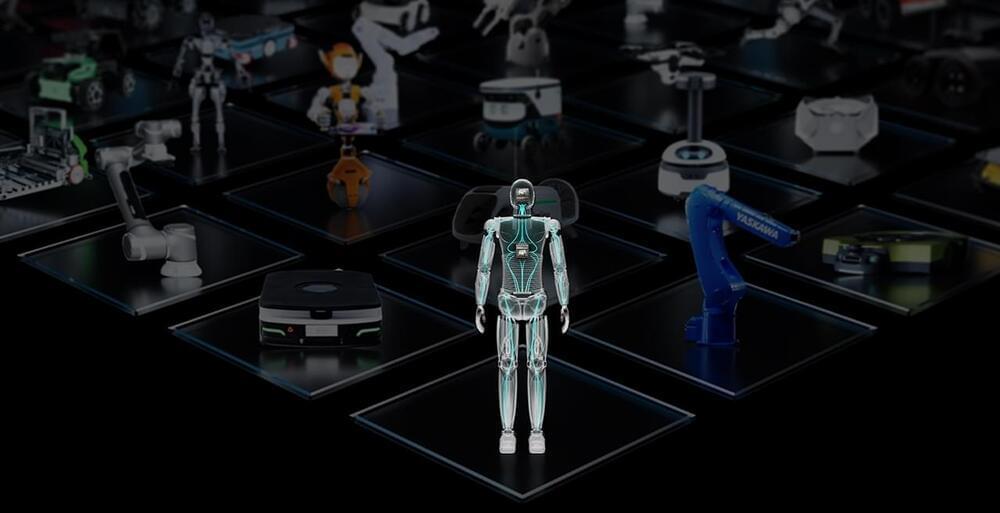
GTC— NVIDIA today announced Project GR00T, a general-purpose foundation model for humanoid robots, designed to further its work driving breakthroughs in robotics and embodied AI.
As part of the initiative, the company also unveiled a new computer, Jetson Thor, for humanoid robots based on the NVIDIA Thor system-on-a-chip (SoC), as well as significant upgrades to the NVIDIA Isaac™ robotics platform, including generative AI foundation models and tools for simulation and AI workflow infrastructure.
“Building foundation models for general humanoid robots is one of the most exciting problems to solve in AI today,” said Jensen Huang, founder and CEO of NVIDIA. “The enabling technologies are coming together for leading roboticists around the world to take giant leaps towards artificial general robotics.”
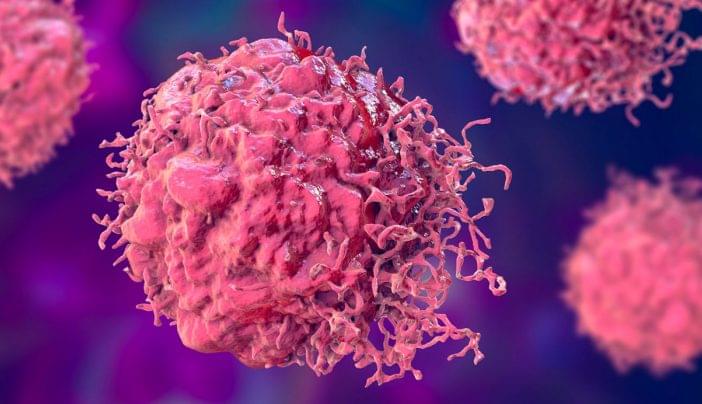
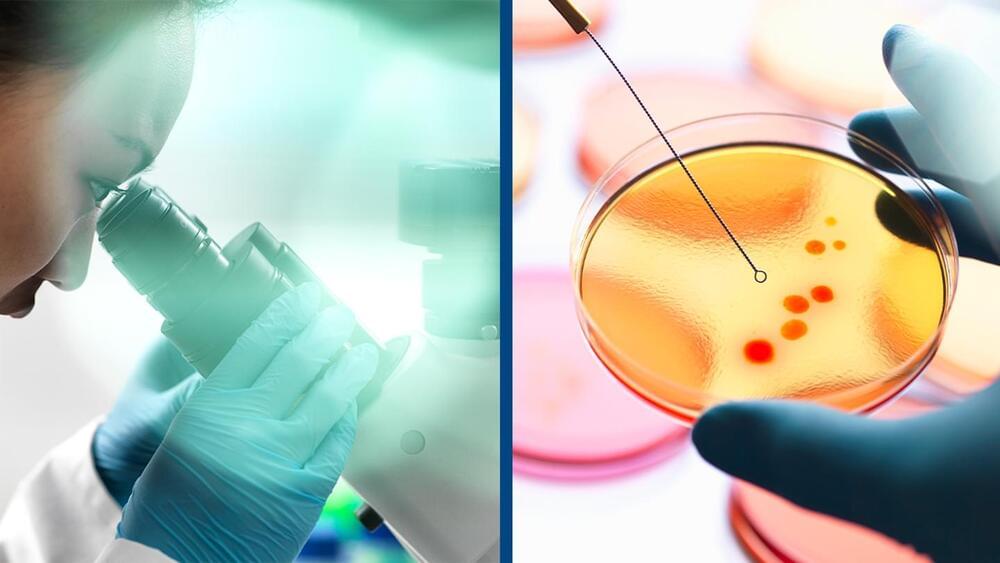
New tech enables this old idea to really shine. [pun intended.] It’s not perfect, but major steps achieved.
Get TypeAI PREMIUM now! Start your FREE trial by clicking the link here: https://bit.ly/Mar24AnastasiInTech The paper: https://www.nature.com/articles/s41586…(alternative link): https://arxiv.org/abs/2306.14415 LinkedIn ➜ / anastasiintech Support me at Patreon ➜
/ anastasiintech Sign up for my Deep In Tech Newsletter for free! ➜ https://anastasiintech.substack.com Timestamps: 00:00 — Intro 03:16 — Lithium Niobate 05:56 — How does this chip work? 08:23 — Critics.
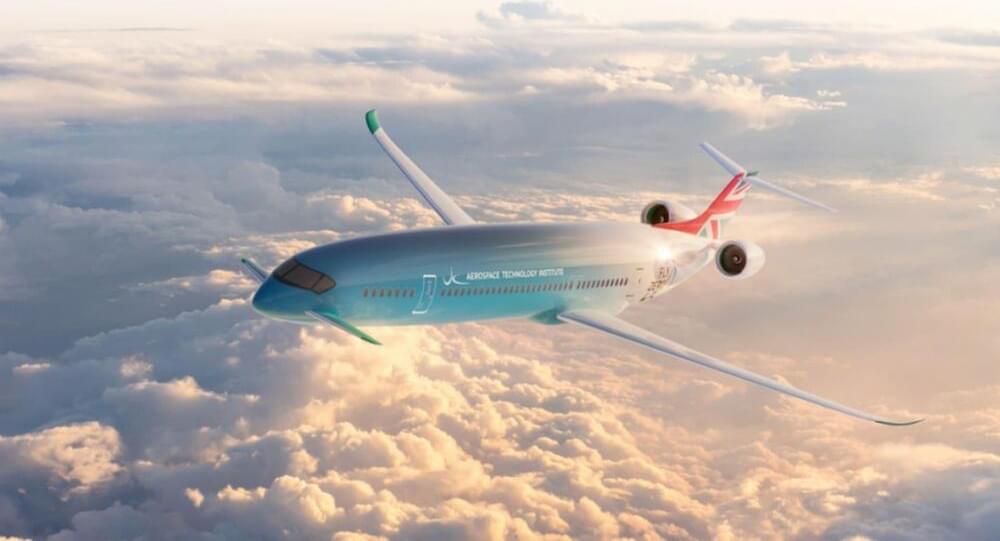
A liquid hydrogen airliner with a range of over 5,000 miles. It’s feasible per them, by 2030 and limits pollution.
A breakthrough liquid hydrogen-fueled aircraft concept developed in the United Kingdom could take passengers from London to San Francisco with no layover.
That’s because the massive plane would have an operational range of 5,250 nautical miles (equivalent to air miles) and wouldn’t need to land to fill up with gas. This would provide more than enough range for the flight of roughly 11 hours and 4,664 nautical miles.
This concept plane was developed by the FlyZero project, a program led by the Aerospace Technology Institute with the goal of providing air travel with no pollution (zero-carbon) in the next decade, as the agency states on its website.


Breakthrough discovery puts astronomers one step closer to solving the mystery of the origin of elements that are heavier than iron. An international team of astronomers — including Clemson University astrophysicist Dieter Hartmann — obtained observational evidence for the creation of rare heavy elements in the aftermath of a cataclysmic explosion triggered by the merger of two neutron stars.
The massive explosion unleashed a gamma-ray burst, GRB230307A, the second brightest in 50 years of observations and about 1,000 times brighter than a typical gamma-ray burst. GRB230307A was first detected by NASA’s Fermi Gamma-Ray Space Telescope on March 7, 2023.
Using multiple space-and ground-based telescopes, including NASA’s James Webb Space Telescope, the largest and most powerful telescope ever launched into space, scientists were able to pinpoint the source of the gamma-ray burst in the sky and track how its brightness changed.
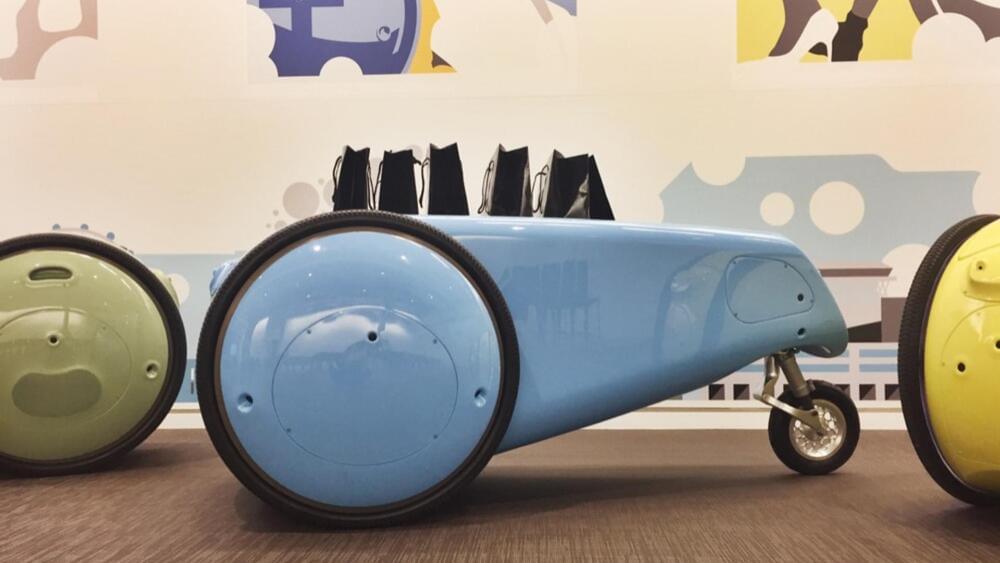

Quantum researchers uncover important implications for quantum technology.
In a recent publication in Nature Physics, the LSU Quantum Photonics Group offers fresh insights into the fundamental traits of surface plasmons, challenging the existing understanding. Based on experimental and theoretical investigations conducted in Associate Professor Omar Magaña-Loaiza’s laboratory, these novel findings mark a significant advancement in quantum plasmonics, possibly the most noteworthy in the past decade.
Rethinking Plasmonic Behavior